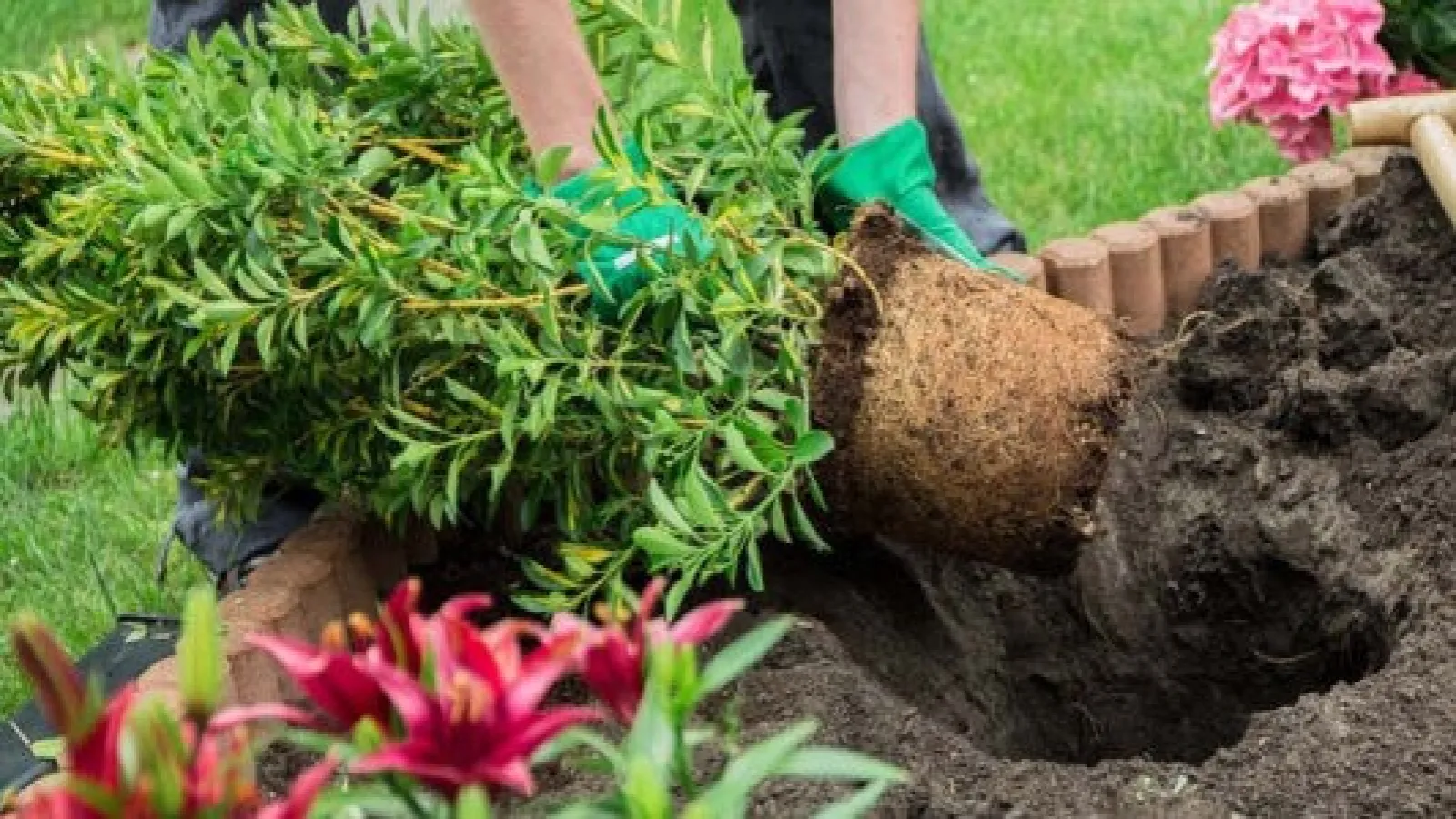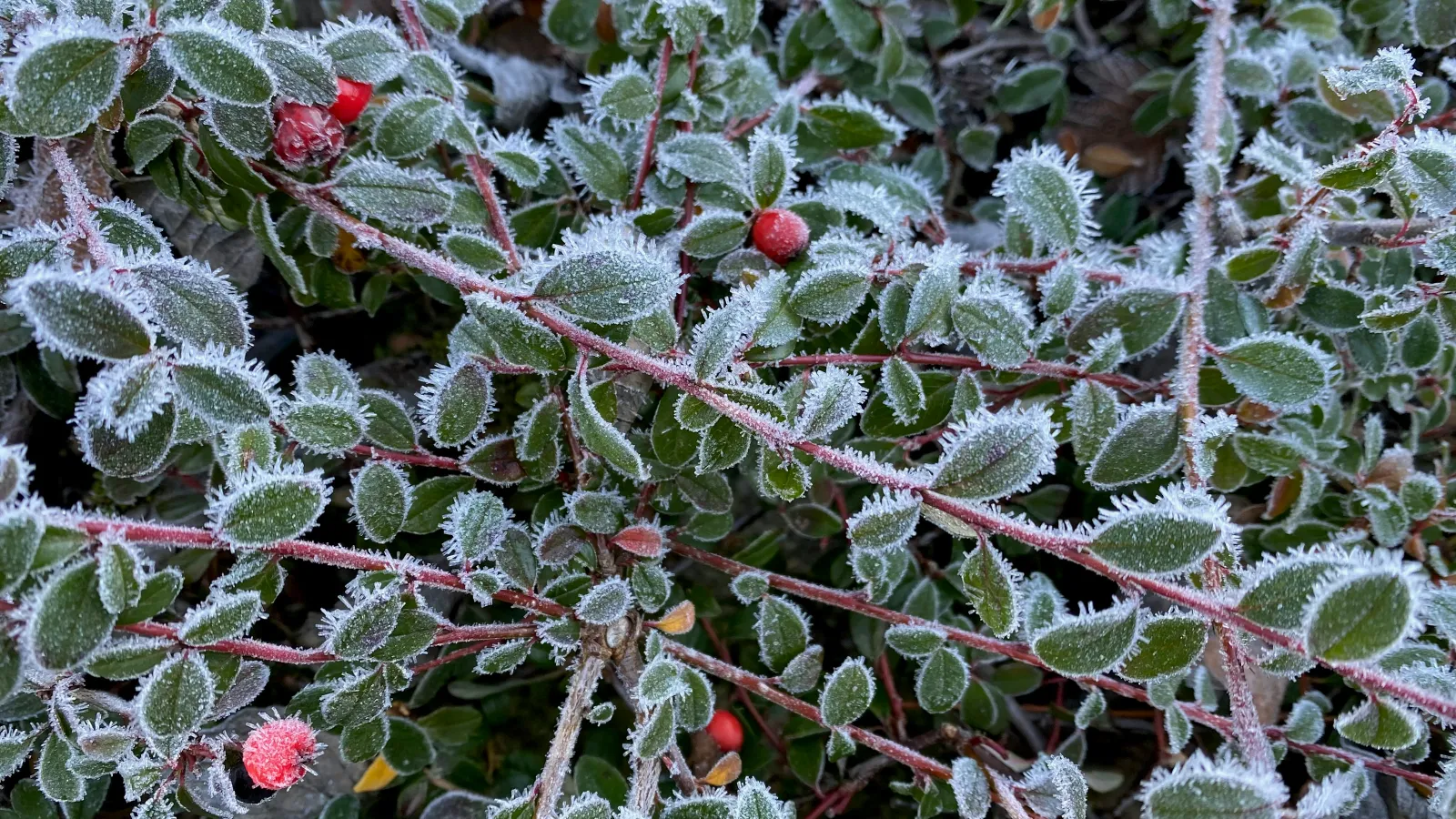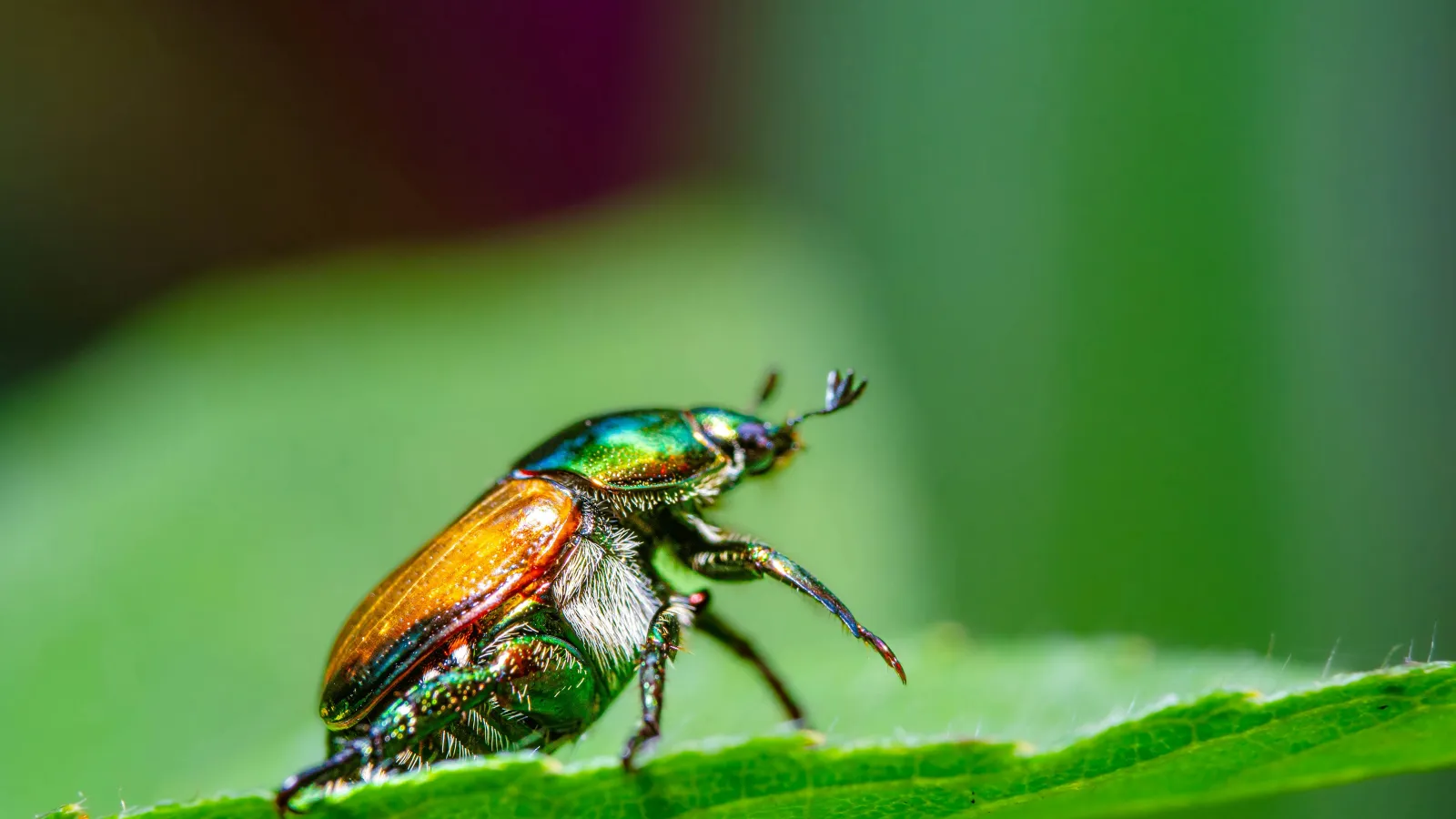
Tips For Planting Shrubs In Early Spring
Early Spring Planting
Planting shrubs and perennials in early spring is okay, as long as the soil conditions are adequate. The ground is considered “workable” as soon as it is no longer frozen and it is not too wet to work with. The structure of the soil can be damaged if you dig when the soil is too wet.
Since it is cooler in early spring, the soil will take longer to dry out after snow or rain. To determine if the soil is too wet to work with, squeeze a handful of dirt in your hand. It should fall apart and crumble easily. If the soil sticks together, the ground is too wet.
Shrubs to Plant in Early Spring
When choosing shrubs to plant in early spring, there are some things to consider. It is important to purchase those that are in a similar stage of growth as established plants growing in gardens. Freezing temperatures can damage plants brought in from a warmer gardening zone or greenhouse.
The best time to plant annuals is two to three weeks before the threat of frost has passed. Nemesia, dacia, snapdragons and osteospermum are great choices. They can withstand multiple frosts and provide your landscape with some early spring color.
Planting barefoot perennials, as long as they are dormant, can be done in early spring. You can also plant dormant trees and shrubs and cold tolerant annuals as early as April. This includes primroses, primulas, marigold, zinnia and celosia, as they can handle a light frost.
You can plant many varieties of potted perennials at this time as well. It is best if they were grown outside or in cold frames so they are acclimated to the cool temperatures.
Tips for Planting Shrubs in Early Spring
Location: Choosing an appropriate location for the plant is important when planting shrubs in early spring. Do not plant shrubs in a hole in the lawn. Instead, plant them in a shrub or perennial bed where their roots can spread. A group of ornamental shrubs in one area of the landscape will grow more uniformly when planted in a well-prepared bed rather than individual holes. Waterlogged soil will suffocate the root system and kill a plant. To improve poorly drained sites, till deeply, several inches below the surface, to break apart the soil. If the area has poor drainage, elevate the bed 8 to 12 inches using native soil or topsoil purchased.
Bed Preparation: Rake away any leaf litter or existing mulch from the bed you are going to be planting. When preparing a hole for planting, a good rule of thumb is to make it two to three times wider than the current root mass or container. As you dig, pile the soil around the perimeter of the hole in at least two different areas to make it easier to backfill the shrub after planting.
Planting the Shrub: Place the shrub in the hole to check the depth. The top of the root ball should be even with or slightly above the soil surface. Take a step back to see if the best side of the shrub is facing the direction it will usually be viewed from. Once you have established the plant’s optimal position, use your hands to break up the root ball a bit. Unwind any large, woody roots, and gently loosen the small roots away from the soil. This will help the plant become established easily and quickly. When you are ready to backfill, only use the soil you have excavated. As you fill, be sure to lightly tamp or hand-pack the soil around the plant roots to ensure good soil to root contact. Firm the soil lightly around the roots to eliminate air pockets, continuing until you reach the top of the root ball, which should be covered with about ½ inch of soil.
Tips for Care After Planting Shrubs in Early Spring
Mulching: Apply 2 to 3 inches of natural, shredded bark mulch over the planted area. This will help keep the roots cool and conserve water to minimize stress on the new plant. This also encourages rapid root development. Keep the mulch at least 2 to 3 inches away from the trunk or stems to decrease chances of stem rot.
Watering: The most important job you will have after planting new shrubs is to keep them well-watered, until fully established. Water thoroughly and slowly after mulching. The best way to do this is to set your hose on a very low flow and leave it on for an hour or two. Since the roots will not have spread into the surrounding soil, direct water to the root ball for the first year of growth. Some areas may dry out quicker than others and will require more watering, so become familiar with the planting site. Keep your shrubs well watered – they should never dry out completely during their first season.
If you have additional questions, Turf Masters is here to help. Contact us.

